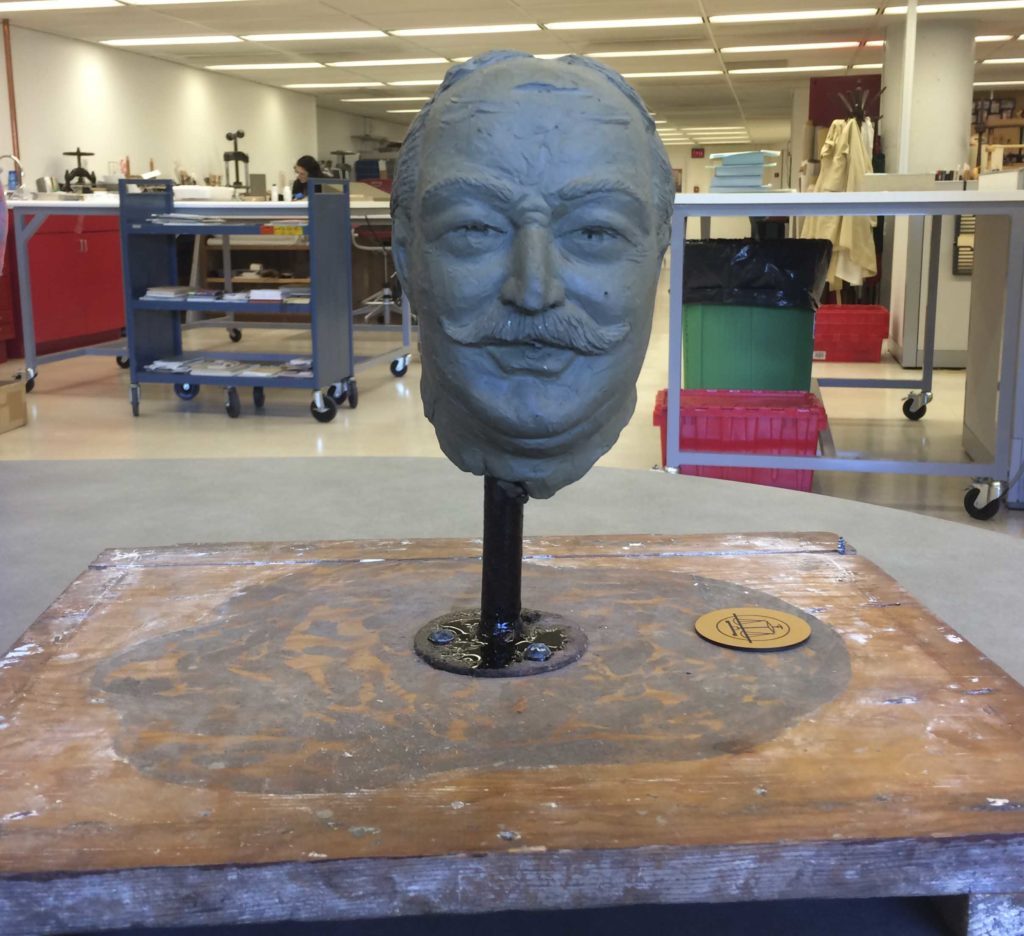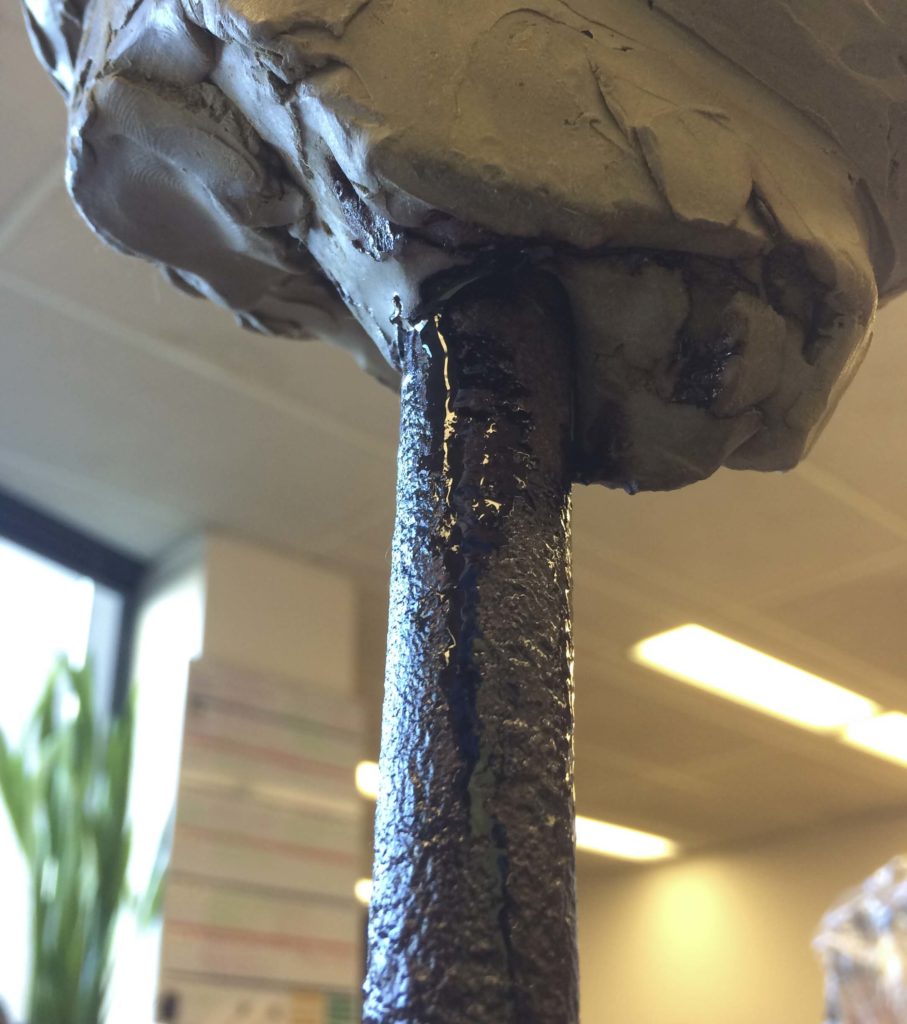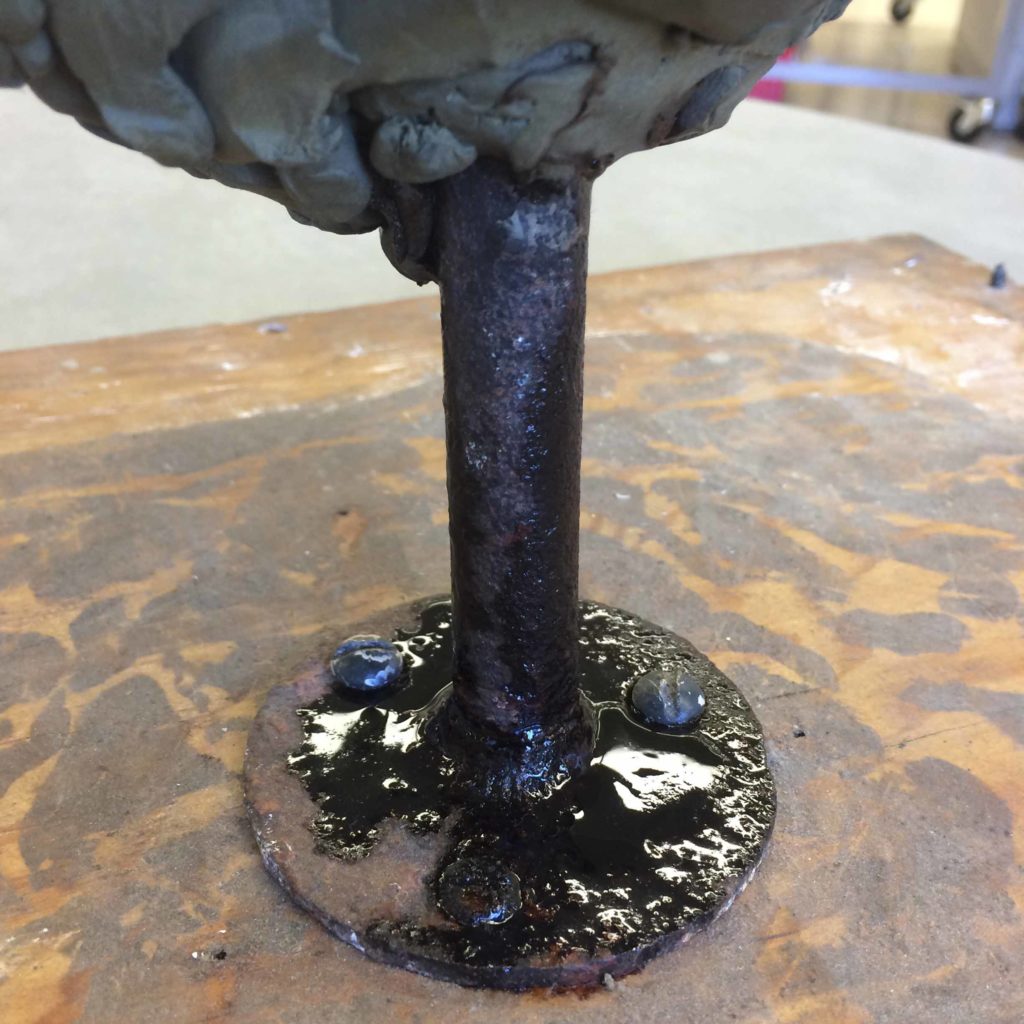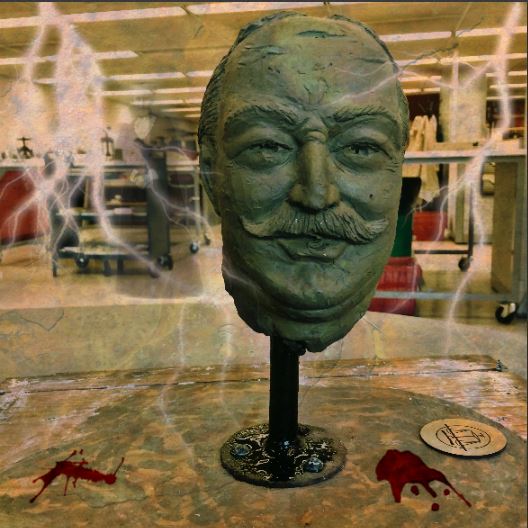Anthropodermic Bibliopegy, aka Human Skin Bindings
In 2016, the lab was asked to sample the leather of not one, but TWO bindings for a national survey confirming the existence of these anthropodermic curiosities.
What is anthropodermic bibliopegy? Anthro is a prefix meaning human, podermic is a suffix referring to skin, and bibliopegy is the art of binding books. The practice of binding books in human skin began in the 18th century for reasons foreign in our contemporary American culture today.
Before the digital age, family members found unique ways to remember their loved ones. Beyond painted portraits, women commonly saved lockets of hair and integrated braided strands into unique and personalized jewelry. In the early days of photography, family portraits were an expensive and rare endeavor for most families, as a result, post mortem photography became a common practice during the Victorian era. It’s possible that a post mortem photograph may be the only image a family would ever own of that person!
Likewise, not all anthropodermic books stem from a gory past such as tales told of procuring human corpses for the sake of science. Surprisingly, there are a handful of libraries around the country that claim to have a book or two within their collections with a direct connection to a historic figure, by being bound in human leather.
As part of the Anthropodermic Book Project, two Cincinnati anthropodermic books, one owned by the University of Cincinnati and another owned by the Public Library of Cincinnati and Hamilton County have been recently identified as bound in human skin.
Interestingly, both bindings contain 18th century works by Phillis Wheatley – one of the earliest African American writers, titled Poems on various subjects, religious and moral.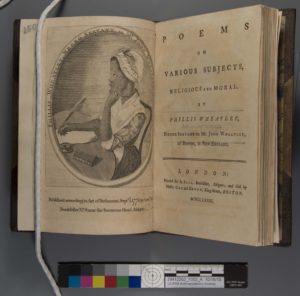 Both books appear to be bound by the same binder showing similar gold tooling along the spine, but with one major difference. The UC binding is a half leather binding, covered in parchment boards while the PLCH boards are covered in full leather. The source of the human skin – we do not know.
Both books appear to be bound by the same binder showing similar gold tooling along the spine, but with one major difference. The UC binding is a half leather binding, covered in parchment boards while the PLCH boards are covered in full leather. The source of the human skin – we do not know.


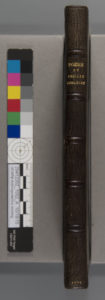
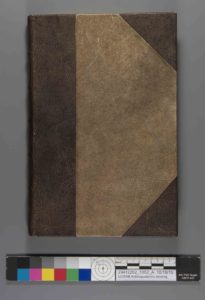
Public library copy on the left is covered in full leather. The UC copy on the right is covered in half leather with parchment covered boards. Both contain the title tooled in gold on the spine.
Documentation of the PLCH copy shows the Phillis Wheatley poems were presented to the Director of the Public Library in 1958, Ernest Miller, by the General Manager of Acres of Books, Bert Smith. Smith refers to, “two copies” of this title which he was able to obtain (the other copy owned by UC). At the bottom of the correspondence, Smith notes that the particular copy is “referred to in paragraph three, page seventy eight, of Walter Hart Blumenthal’s Bookman’s Bedlam…”, where he infers these books may have been bound by Zaehnsdorf.
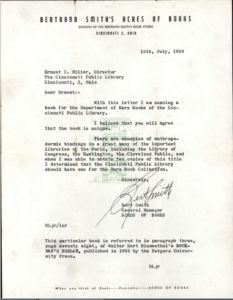
In 2016, samples taken from the books by the lab conservator were sent to scientists to confirm the source of the covering materials. Peptide Mass Fingerprinting (PMF) analysis concluded that there were three species involved with the bindings: human, cattle, and sheep. All leather showed positive results for human, the parchment for sheep, and traces of cattle – most likely present as an adhesive.
Books such as these remind us that in the 18th and 19th century, the human experience of death was much different than we experience today. While today we tend to think of death from a more sterile and distant vantage point, the experience was much more personal in the past. Books bound in human skin would not have had held the same macabre connotations as they do today.
Further reading:
http://www.newsrecord.org/for_the_record/rare-books-library-home-to-skin-bound-book/article_5591898a-3be4-11e3-a399-001a4bcf6878.html
https://www.loc.gov/exhibits/treasures/tr33b.html


